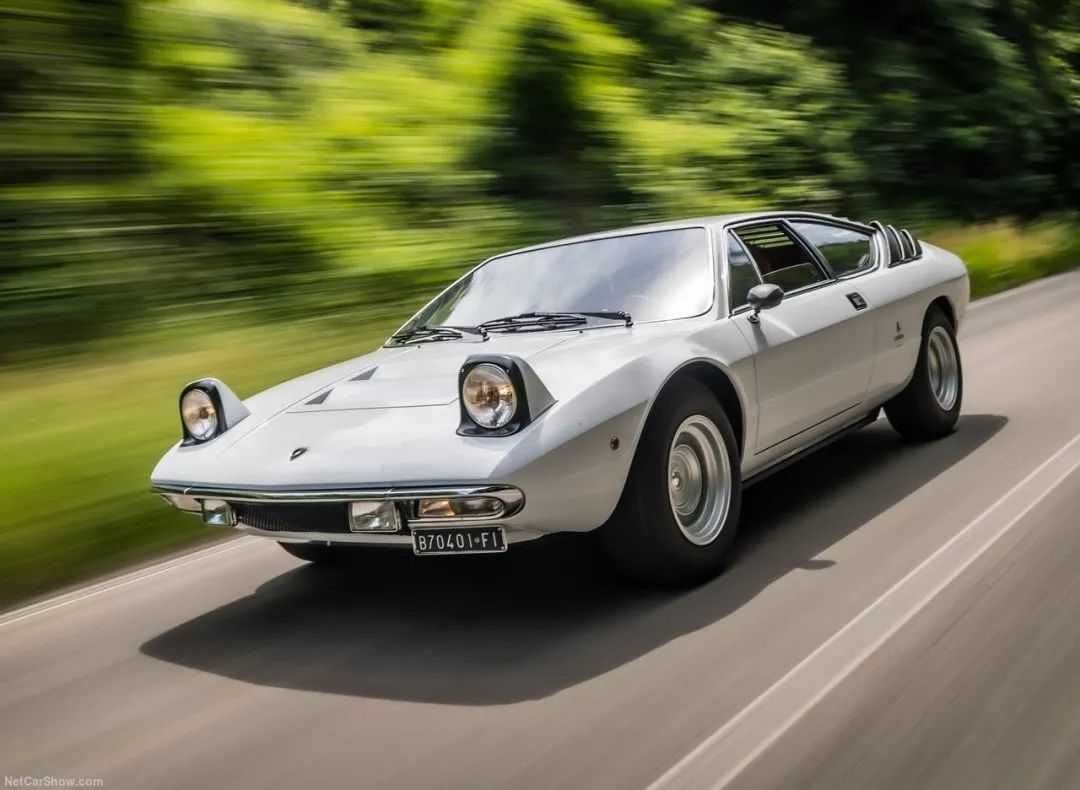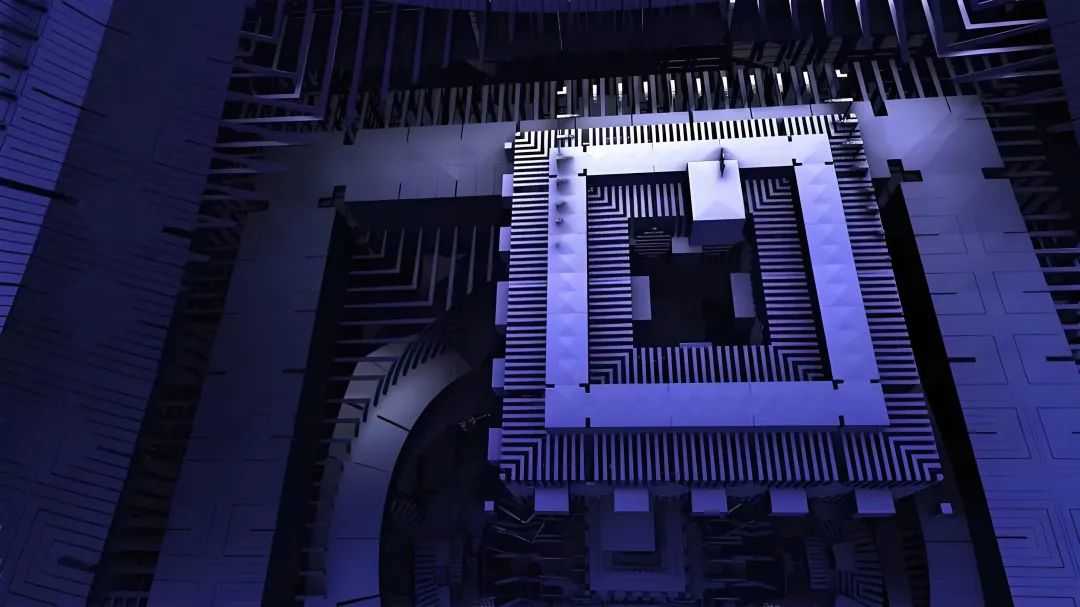Search for information
Lamborghini Urraco: When the "Little Bull" Charged Into Mid - Market MasteryWhile the 350 GT’s design language faded without leaving a legacy in Lamborghini’s lineage—looking outdated even in its birth year—the brand quickly veered to an aesthetic extreme inspired by its iconic symbol: the bull. Enter the Urraco, a name that translates to "little bull" in Italian, debuting as Lamborghini’s first mid - engine entry - level model in 1970. This pivotal model steered clear of Corvette or Aston Martin influences, instead channeling the ferocity and muscularity of its bovine namesake.
June 13, 2025, 2:21 pm EDT

Source: Images from the Internet, if there is any infringement, please contact the removal of

Britain’s Technological Legacy: Strengths in a Modern Era
As the birthplace of the Industrial Revolution, Britain has long been a cornerstone of global innovation. Though no longer the sole industrial powerhouse, the nation remains a formidable force in cutting-edge technology, with key strengths in microprocessor design, gene editing, biopharmaceuticals, and deep-sea oil drilling. These fields reflect a blend of historical expertise and modern research prowess.more

Hooded Oriole: A Vivid Ornament of the Avian Realm
The hooded oriole, Icterus cucullatus, is a small yet strikingly beautiful bird that enchants with its vibrant plumage. Males boast a brilliant orange body, contrasting sharply with a black hood that extends over their head and down their back, while females display more subdued yellow - olive tones. This colorful species is a true gem in the habitats it inhabits.more

A great collection of the world's ethnic beauties! (2)
A great collection of the world's ethnic beauties! (2)more

Argentina’s Alfajor and Parrilla, Brazil’s Churrasco, and Peru’s Ceviche
An iconic Argentine treat, the alfajor is a sandwich-style dessert made with two or more cookies filled with luscious layers of dulce de leche, honey, or fruit preserves, often coated in chocolate, sugar icing, or powdered sugar. Some versions incorporate nuts like almonds or chunks of chocolate for texture.more

The Pink River Dolphin: Amazon’s Enigmatic Pink Wonder Unique to River Ecosystems
In the murky waters of the Amazon and Orinoco river basins, a creature of mythical allure glides through the currents: the pink river dolphin (Inia geoffrensis), a unique species that has captivated indigenous tribes and scientists for centuries. Often called the "botos," these dolphins stand out not only for their striking pink hue but as one of the few freshwater dolphin species on Earth, evolving the perfect adaptation to thrive in the Amazon’s labyrinthine waterways.more

The Aston Martin DB5 Shooting Brake: A Blend of Luxury and Practicality
Sports cars are renowned for their speed and style, yet they often fall short in one crucial aspect—ample luggage space. This is where the shooting brake body style comes into play, and the Aston Martin DB5 Shooting Brake is a prime example. In 1965, Aston Martin crafted this unique model, aiming to solve the space conundrum without sacrificing the brand's signature luxury and performance.more

"28 Years Later" Unveils New Poster, with the Film Premiering in the US on June 20th
The highly - anticipated sequel to the classic zombie - horror film "28 Days Later", titled "28 Years Later", has recently released a new poster. In the movie, survivors of the viral holocaust have established new settlements far from the cities.more

Scientists Unveil Ultra - Precise 3D Tumor Cell Maps and 'Molecular Clocks'
On October 30, in 12 papers published in Nature, researchers from the Human Tumor Atlas Network (HTAN) have created ultra - precise 3D maps of tumor cells by analyzing hundreds of thousands of cells from human and animal tissues. They also developed a “molecular clock” capable of tracking the cellular changes that lead to cancer.more

